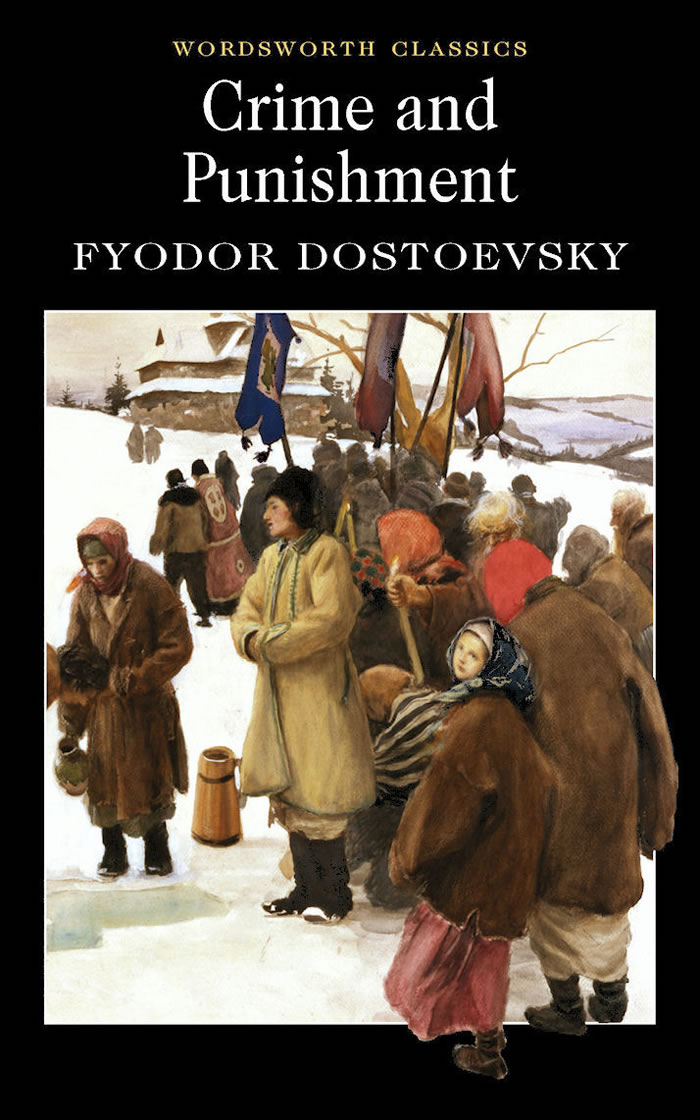Crime and Punishment
Dostoevsky's works of literature examine human psychology amid the turbulent political, social, and spiritual contexts of 19th-century Russia. Crime and Punishment concentrates on the moral struggles and mental pain of its lead character Rodion Raskolnikov. Raskolnikov is impoverished, and because of this, he decides to plan the murder of a dishonest pawnbroker in order to obtain her money. The first outstanding novel of Dostoevsky's mature age was Crime and Punishment, which was first published in the literary journal The Russian Messenger. It has come to be regarded as one of the pinnacles of literary achievement.
The story's masterpiece status is due, among other things, to its feverishly engaging tone. The most well-known book by what is arguably the greatest Russian author after Leo Tolstoy is called Crime and Punishment. ‘Crime and Punishment’ is the first of Dostoevsky’s so-called major works. Dostoevsky had rough ideas for making a novel about the psyche of a criminal while in prison in Siberia. This idea would however be combined with another work he was developing that was about a drunk, tying Raskolnikov’s storyline with the irresponsible Marmeladov and subsequently, Sonia.
When Dostoevsky returned from his forced exile and imprisonment in Siberia, he met radical views among the Russian elite that dominated the Saint Petersburg cultural and intellectual landscape. In large part, "Crime and Punishment" is his philosophical response to these beliefs. Raskolnikov, Luzhin, and Svidrigailov are examples of characters that Dostoevsky created in an effort to confront what he saw as foolish and perilous nihilist views. Strongholds of conservative ideology like Porfiry, Sonia, Razumikhin, and Dunya oppose them. The conservatives prevail in a fierce intellectual debate, demonstrating the undisputed superiority of their viewpoint and, consequently, Dostoevsky's ideas.
Author: Fyodor Dostoevsky
Published: 1866












